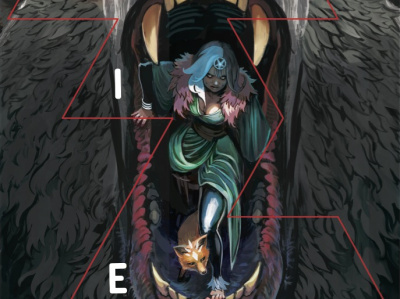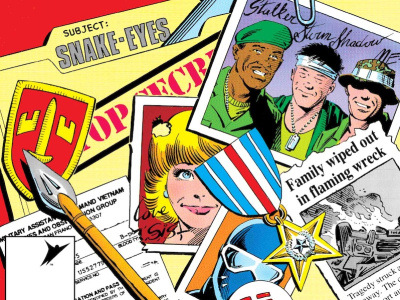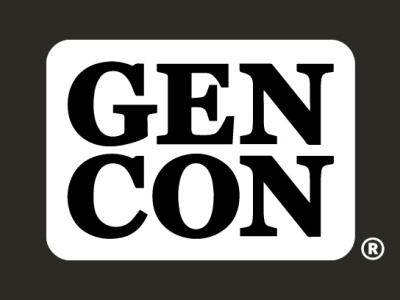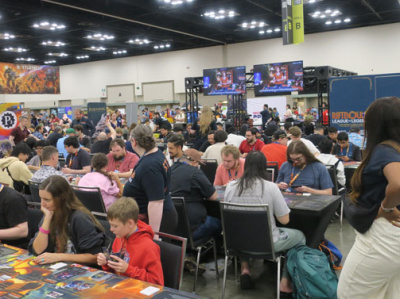Forty years ago today, on April 7, 1980, John Davis and I filed with the State of Wisconsin to organize a new corporation, Capital City Distribution, Inc. I’d been thinking a lot about that anniversary as it approached, and the coronavirus crisis, which threatens the network of independent retailers and the distributors and publishers that serve them, heightened my interest in looking back at a time when that network was just forming. So I spent a couple of hours digging through boxes to see what early representations of that period I could find, and I have a few to share below. All of these images are available at larger size in the Gallery.
It wouldn’t be right to start any discussion of the early days of comic distribution without mentioning the importance of Phil Seuling, who first went to Marvel and DC, the Big Two comic publishers then as they are now, and offered to buy comics on a non-returnable basis if they’d let him order what he needed on each title. Although the Donahoe Brothers out of Michigan claimed to have beat Seuling to at least one publisher, they didn’t last long and Seuling became credited as the first, and for a number of years the dominant, Direct Distributor of comics to comic stores.It’s worth mentioning that the term Direct Market, and Direct Distributor, arose because the Seuling model had one less tier than the legacy periodical distribution system, which had publishers, national distributors, regional wholesalers, and retailers. Seuling bought from the publishers and sold “direct” to the retailers, hence the name.
Davis talked me into joining him in Capital City Distribution. We called it Capital City Distribution because at the time we registered the name, Bruce Ayres, who ran (and is still running) Capital City Comics in Madison, Wisconsin, was going to be a third partner. Then we discovered that Marvel had trade terms which provided that if the distributor had an affiliated retail operation, those comics had to purchased at 10% less discount, 50% off instead of 60% off. Bruce wanted to get his comics at 55% off, so the decision was made for just John and I to start the distribution company, and for Capital City Comics to become one of our first customers. Bruce and a handful of other accounts prepaid their first orders, helping us get a prepayment together for our first Marvel order. My recollection is that Mike Friedrich was the Marvel Direct Sales Manager at the time, and that he gave us a few months to buy month-to-month before we had to pull together a substantial prepayment, which my folks loaned us via a loan against their dairy herd. Russ Ernst at Glenwood Distribution sold us much of our other product for our first months in business.
This ad was a 1/8-page ad in Comic Buyer’s Guide, a weekly adzine that was the main medium for the business of comics at the time. The illustration is by Richard Bruning, who designed all of our ads and publications for years, joined us in forming the publisher Capital Comics, and spent a long stretch at DC, ending as Senior Vice President & Creative Director (he’s now designing Berger Books). The fact that we began our business with an ad was a harbinger of things to come; we were one of CBG’s biggest advertisers for years, and built our brand with retailers behind the biggest ad budgets in the distribution business.The product mix we were promoting, with underground comics, movie and TV magazines, European comics (reprinted for America in Heavy Metal), and fanzines, along with mainstream color comics, was also a harbinger; Capital City brought the markets for all kinds of comics and pop culture fandom together in a mix that eventually formed the basis for the pop culture stores that are what most people think of as comic stores. Within the first year or two, we’d begun buying Japanese magazines, and in 1982, our first English-language manga. In 1981, at WorldCon in Denver, we met Steve Jackson of Steve Jackson Games and put hobby games into the mix and never looked back. From that point on we served as one-stop wholesale stop for the full range of geek culture products.
I couldn’t find an order form from 1980, but this one from 1981 was in a form developed within a month or so of when we launched. Just like comics are still sold in 2020, we took orders for a month’s worth of comics at a time and shipped those quantities non-returnable when the books came in. The difference was that in 1980, all of the major titles fit on one side of an 8-1/2” x 11” piece of paper. We listed Marvel, DC, Warren, and Harvey issues by title and issue. The writer and artist information on this page was the extent of the contents information we had available.Comics were $.60 each for a 32-page comic. If you plug that into an inflation calculator, the current price should be $1.88, at a time when it’s getting tougher to find $3.99 comics as the prices go ever higher. “Nuff said,” as the late Stan Lee would have put it.
This Standing Draw Form, also from 1981, was how we took orders on magazines and a few comic titles on which it was assumed orders would be the same from issue to issue. The term “draw” was from magazine distribution at the time, and referred to the quantity the store would “draw” from the distributor as a regular order.This was where we had the Archies; Elfquest; Spirit; Whitman comics, Disney and otherwise; Asterix; Pacific Comics’ Captain Victory (by Jack Kirby) and Starslayer; Francoise Mouly and Art Spiegelman’s revolutionary Raw; Eclipse Magazine; Dave Sim’s Cerebus; and more. On the magazine side, there were the great Starlog titles, Jim Steranko’s beautifully designed Prevue, Fantastic Films, Cinefantastique, Cinefex, National Lampoon, and a host of others.
In the Gallery below you’ll also find a few other images: 1981 pictures of Davis and me on our company calendar for 1982; the cover of an early backlist catalogue, where we listed our book-format products (including some of the earliest graphic novels), comics that were sold as backlist, like the undergrounds and ground-levels (Elfquest, Cerebus, etc.), and a few color comic back issues; and a 1982 issue of Internal Correspondence. When we sold Capital City’s assets to Diamond Comic Distributors in 1996, I kept the rights to our magazine, which became ICv2 (Internal Correspondence version 2) in 2001.
The year 1980 was an exciting time, as the worlds of underground comics, which had begun in the 1960s and exploded in the 1970s, was in the process of colliding with and transforming traditional comics, and the growth of a new kind of store was beginning to form the early stages of the geek culture business, now a multi-billion dollar behemoth that spans every form of content and entertainment and nearly every consumer product category.
That creative excitement is still there in the comics, games, and other content we cover at ICv2. Let’s hope the creativity and willingness to experiment with business models are still there as well. We’re going to need it all in the coming months.
Click Gallery below for full-size pics!



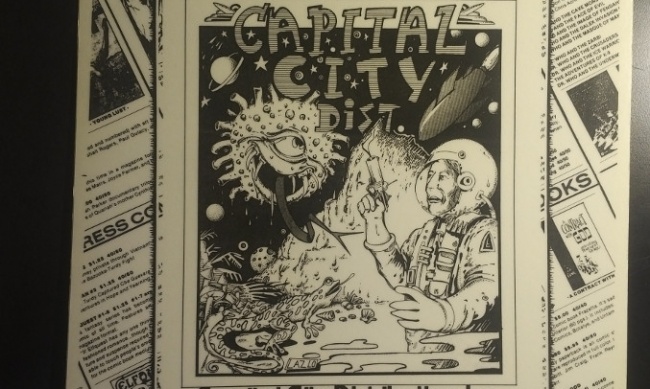
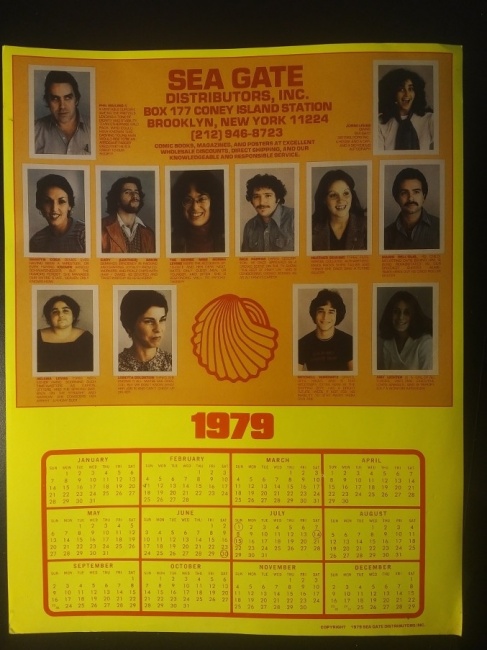
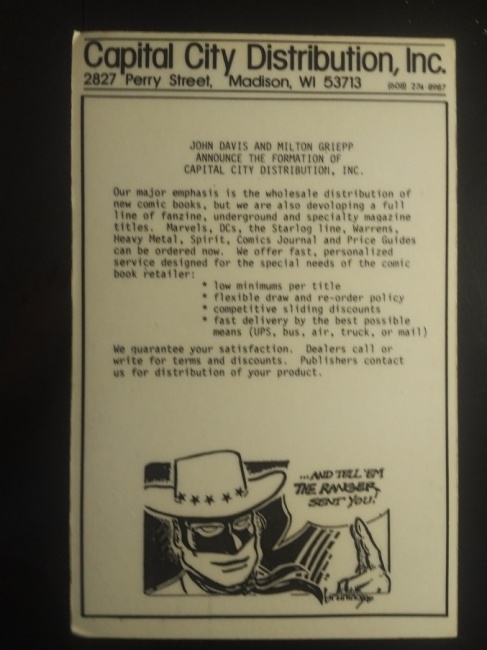
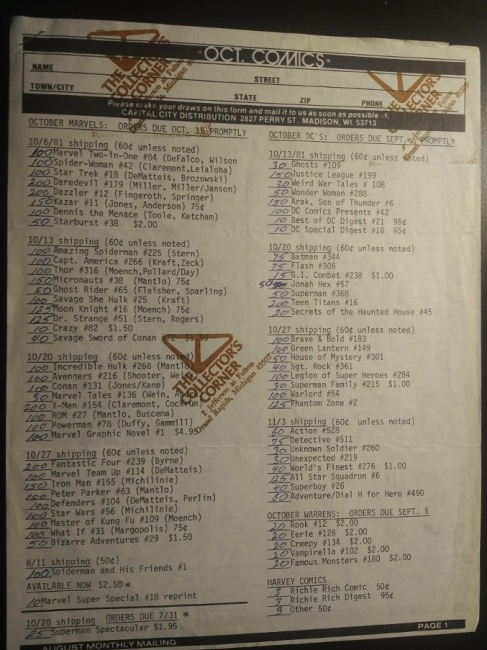
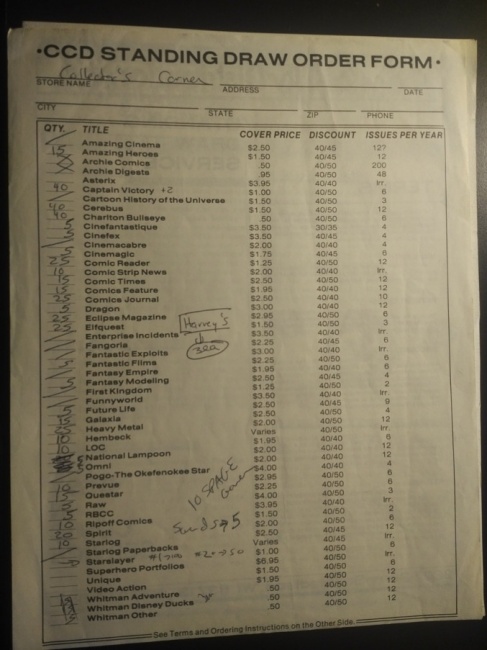
 View Gallery: 7 Images
View Gallery: 7 Images 